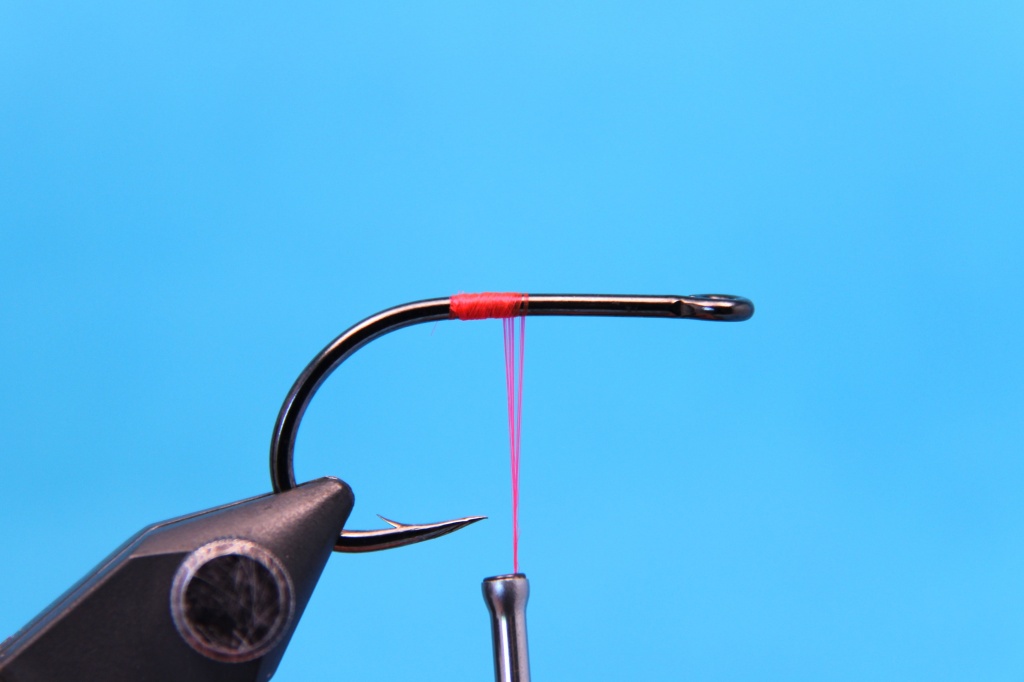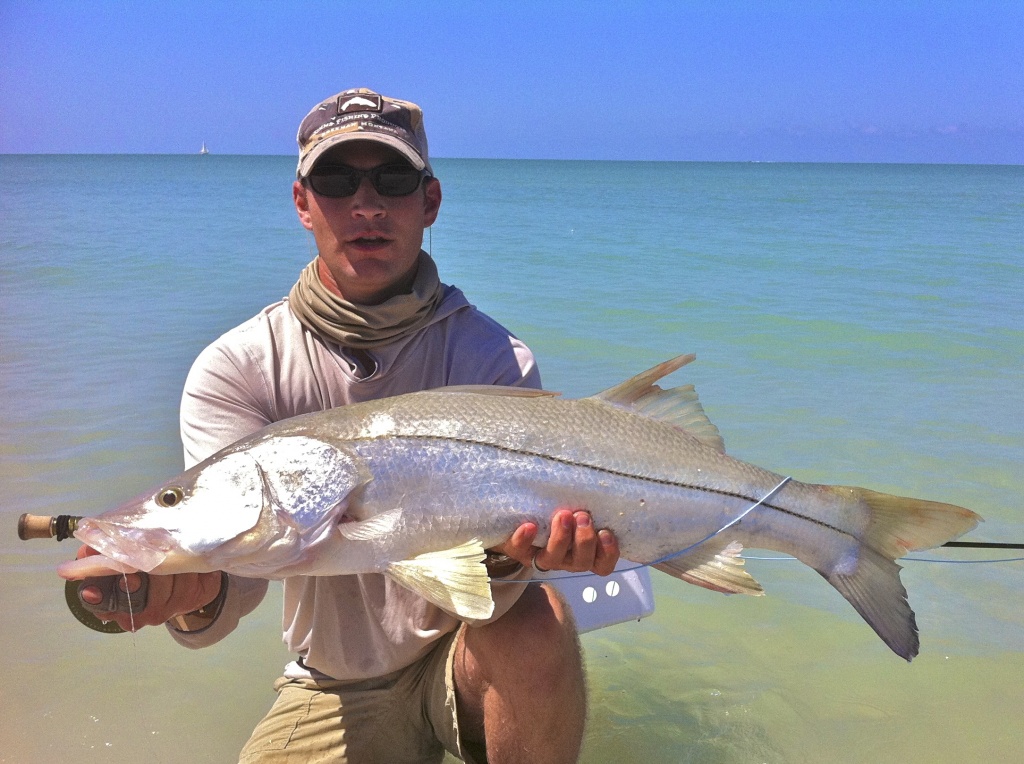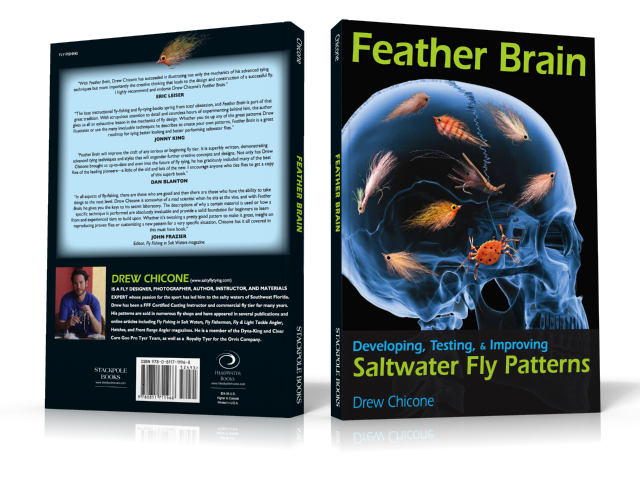Feather Brain: UV Curing Acrylics & Adhesives
If you have ever used 5 minute epoxy while tying flies, you know that that’s the shortest five minus of your life! I can’t tell you how many perfectly good flies have ended up in the bottom of trash can thanks to terrible smelling stuff . Thanks to the birth of UV adhesives, I am glad those days are over. The numerous types of UV-cured acrylics on the market today provide a faster, easier, and cleaner alternative to epoxy.
Feather Brain: UV Curing Acrylics & Adhesives Read More »










